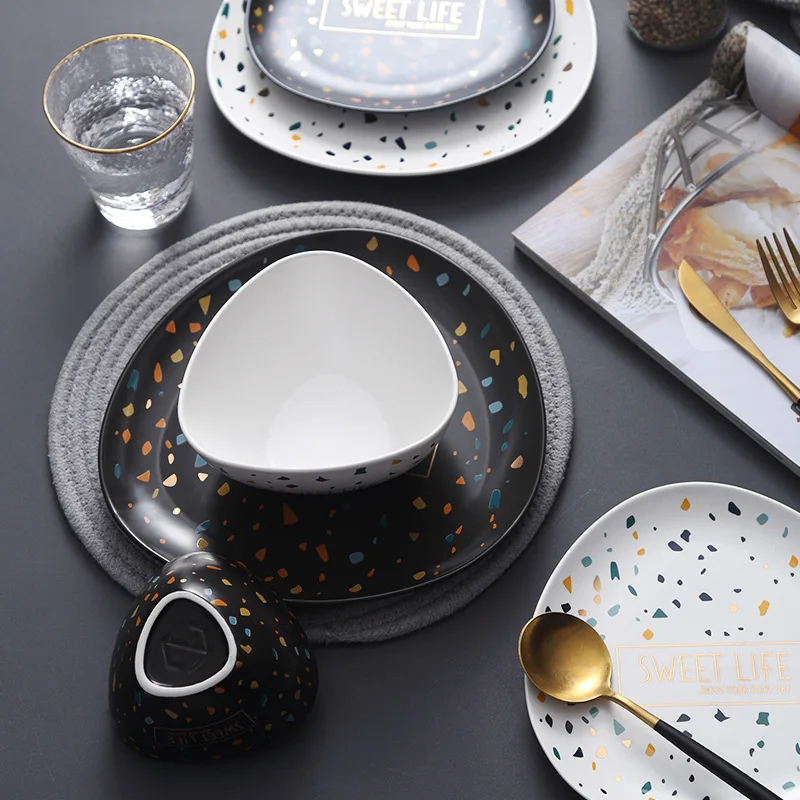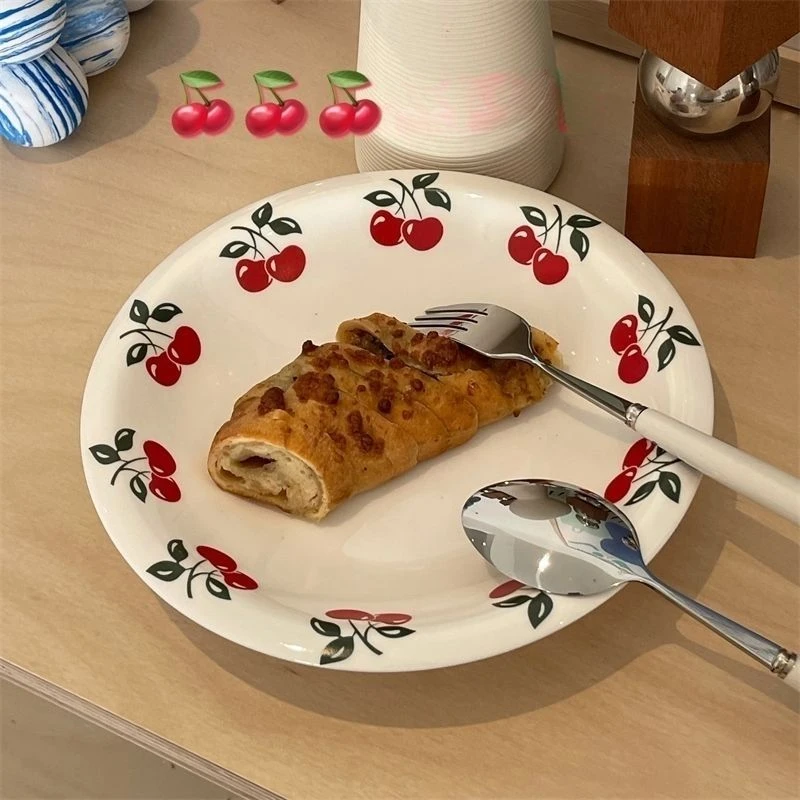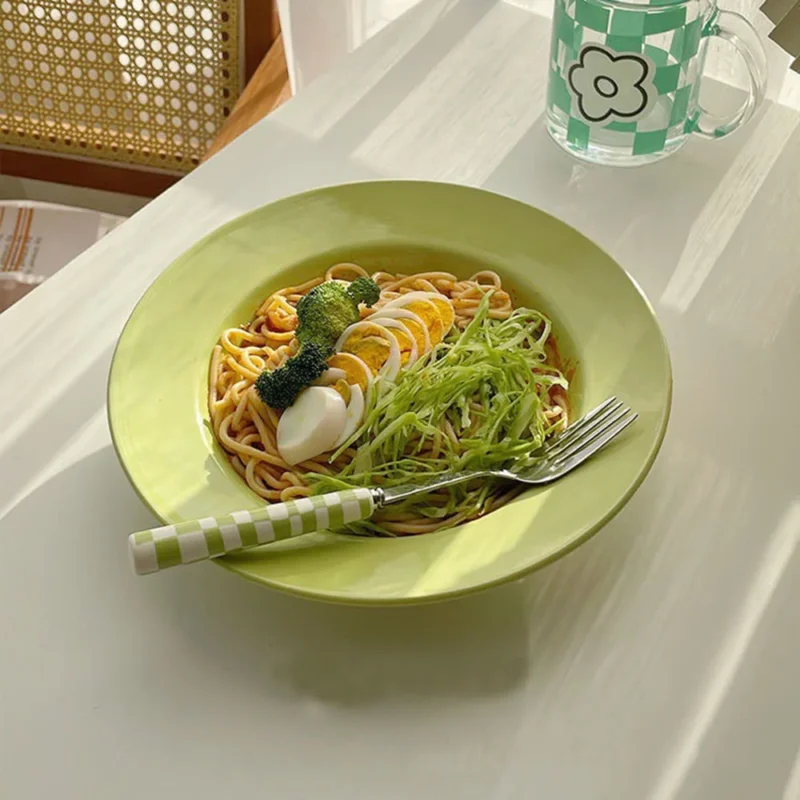Dinnerware
Crafting Memorable Dining Experiences
Dinnerware is not just a functional aspect of dining; it’s an integral part of the culinary experience, blending aesthetics with practicality to enhance every meal. From casual breakfasts to elegant dinner parties, the right dinnerware sets the tone, complements the food, and reflects personal style. This comprehensive guide delves into the world of dinnerware, exploring its history, types, materials, and the art of selecting and styling dinnerware for various occasions.
Understanding the Significance of Dinnerware
Dinnerware does more than serve food; it communicates a message about the occasion, the meal, and the host. It can turn ordinary meals into festive gatherings and make guests feel special. The choice of dinnerware can influence the mood of the dining environment, enhance the presentation of the dishes, and even affect the taste and enjoyment of the food served.
Historical Perspective of Dinnerware
The evolution of dinnerware is a fascinating journey through history, culture, and technology. Early dinnerware was primarily functional, made from natural materials like wood and stone. As civilizations advanced, so did the materials and designs of dinnerware:
- Ancient Times: The Greeks and Romans used pottery and ceramics extensively. Chinese dynasties introduced porcelain, which became highly coveted across continents.
- Middle Ages to Renaissance: European pottery evolved with the introduction of designs that reflected the social and economic status of users.
- Industrial Revolution: Mass production began, making dinnerware more accessible to the public and not just the affluent.
- 20th Century to Present: Advances in materials science introduced more durable materials like melamine and advanced ceramics, expanding the variety and styles available to include modern aesthetics and greater functionality.
Types of Dinnerware
Dinnerware comes in various forms, each suited for different types of meals and occasions:
- Formal Dinnerware: Often made from porcelain or fine china, featuring intricate designs and embellishments. It’s typically used for formal gatherings and special occasions.
- Casual Dinnerware: Made from sturdier materials like stoneware or earthenware, designed for everyday use. Casual dinnerware offers more variety in colors and patterns.
- Specialty Dinnerware: Includes items designed for specific meals or courses, such as sushi sets, dessert plates, and salad bowls.
Choosing the Right Dinnerware Material
The material of the dinnerware not only affects its look and feel but also its durability and maintenance. Here are the most common materials:
- Porcelain: Known for its fine quality and smooth finish, porcelain is durable and versatile, suitable for both formal and casual settings.
- Stoneware: Less porous than earthenware, stoneware is heavier and offers a more rustic look. It’s ideal for everyday use.
- Earthenware: One of the oldest materials used, earthenware is highly decorative but less durable than porcelain and stoneware.
- Melamine: Extremely durable and break-resistant, melamine is perfect for outdoor dining or families with young children.
- Bone China: Lightweight and elegant, bone china is considered the finest dinnerware material, known for its high strength and chip resistance.
Styling Your Dinnerware
The presentation of your dinnerware should complement your dining decor and the theme of your gathering:
- Mix and Match: Combining different textures and colors can add depth and interest to your table setting. Pair bold colors with neutral tones, or mix glossy finishes with matte surfaces.
- Table Setting Etiquette: For formal dinners, follow traditional table setting rules—place settings should include multiple pieces for different courses, aligned properly for both aesthetic and functional purposes.
- Centerpieces and Accessories: Complement your dinnerware with appropriate table linens, centerpieces, and other table accessories that enhance the theme and color scheme of your setup.



